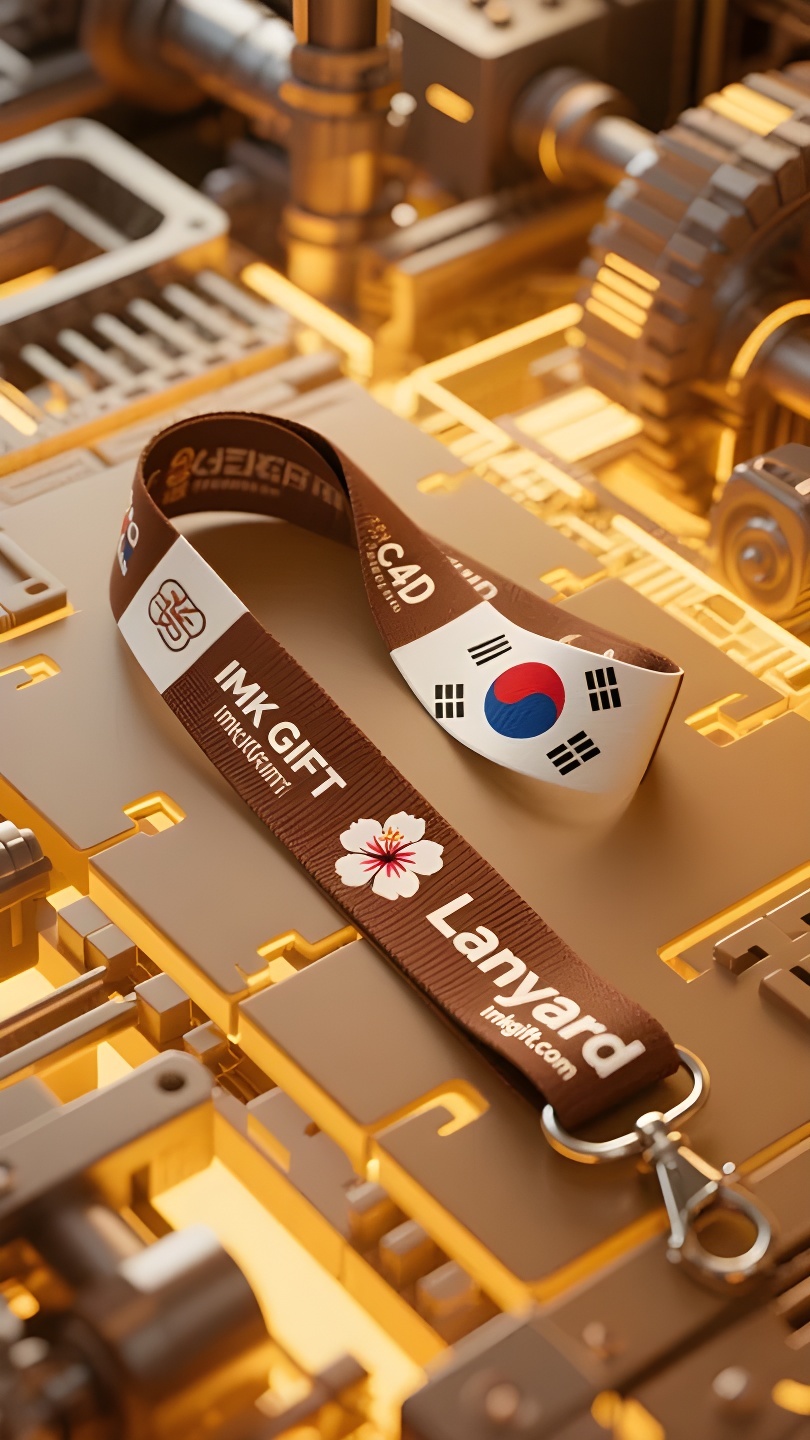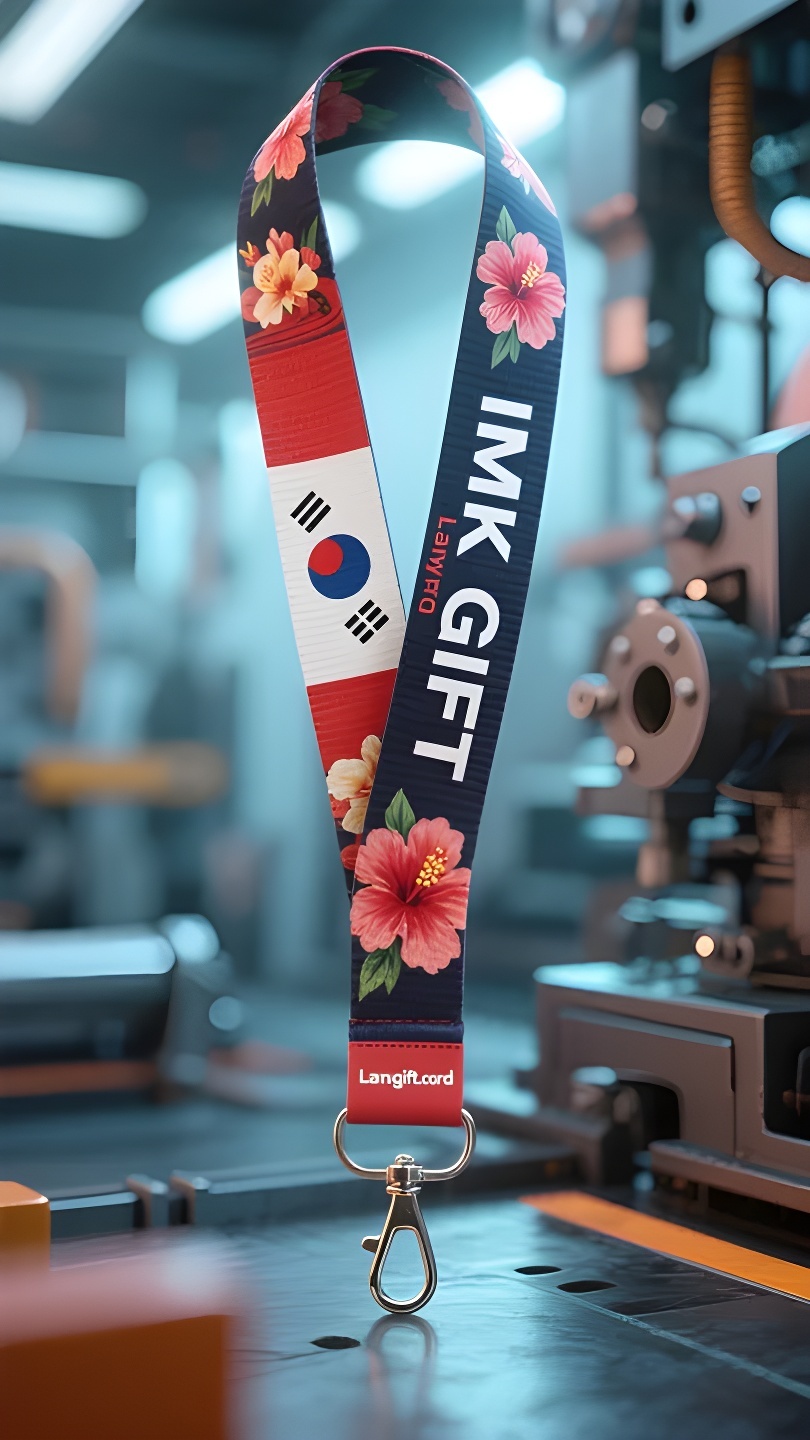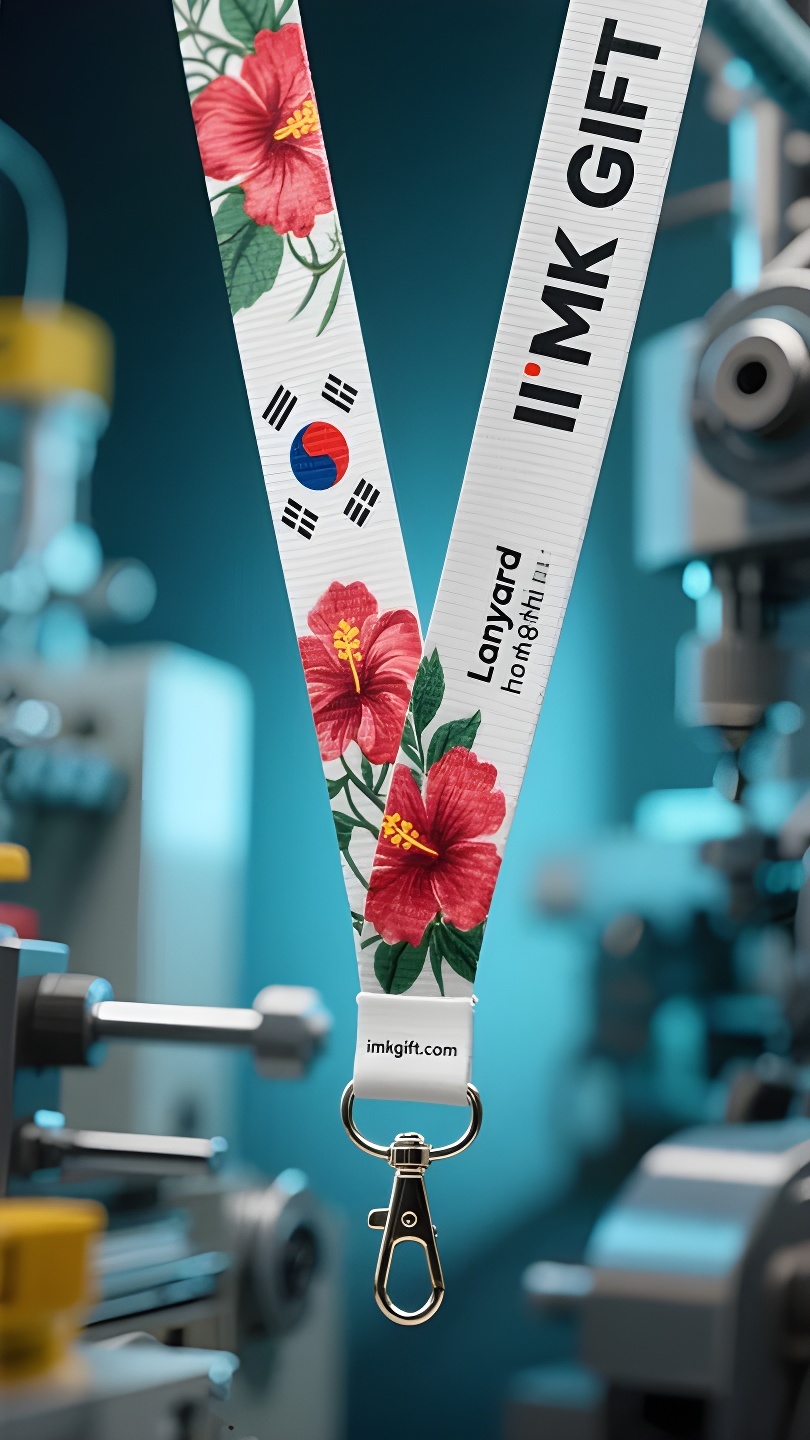in988-산과-강을-지탱하는-히비스커스-매듭-로프
▼
8월의 뜨거운 태양 아래, 한국의 무궁화는 여전히 높이 솟아 피어납니다. “무궁화”로 불리는 이 국화는 아침에 피었다가 저녁에 지는 모습으로 영원을 상징합니다. 꽃이 시들면 새싹이 돋아나는데, 이는 긴 역사의 흐름 속에서 한국 민족이 다져온 강인함과 같습니다. 태극기의 붉은색과 파란색 음양은 천지융합의 철학적 코드일 뿐만 아니라 민족 정신의 구체적인 상징이기도 합니다. 최근 등장한 무궁화 걸이줄은 쪽빛 비단을 기반으로, 붉은 비단에 태극 문양을 감싼 후 은실로 수놓은 무궁화 봉오리로 장식되었습니다. 이는 새로운 세대의 한국인들에게 신앙의 상징이 되고 있습니다. 이 걸이 장식은 전통 매듭 공예에서 유래했습니다. 각 명주실은 28번 엮어졌는데, 이는 28개의 별자리를 수호한다는 의미를 내포하고 있으며, 젊은이들의 손목에 흐르는 태극권처럼 묶여 있습니다. 매듭 장인 김미선은 “명주실이 손끝을 스칠 때, 우리는 장식을 엮을 뿐만 아니라 개인의 운명을 민족의 정신과 다시 연결한다”라고 말했습니다. 직장에서 고된 노동을 하는 젊은이들은 이 명주실을 착용하여 초심을 기억하고, 해외 유랑민들은 향수를 되새기며, 심지어 운동선수들은 이 명주실을 손목 밴드로 엮습니다. 명주실 하나하나에는 “영원한 삶”에 대한 믿음이 담겨 있습니다. 무더운 여름날에도 무궁화가 연이어 피어나듯, 작은 공간에 엮인 이 매듭은 5천 년 문명의 유전자를 현대인들의 손안에서 부드럽고 끈기 있게 토템으로 만들어냅니다. 수많은 토템이 연결될 때, 민족의 부흥을 위한 가장 견고한 밧줄의 그물망이 엮어집니다.
Under the scorching sun in August in South Korea, hibiscus flowers still stand tall and bloom. This national flower, known as the “Infinite Flower”, interprets eternity with its posture of blooming in the morning and falling in the evening: the withering of each flower breeds the sprouting of new buds, just like the resilience tempered by the Korean nation in the long river of history. The red and blue yin and yang on the Taegeukgi are not only the philosophical code of the fusion of heaven and earth, but also the concrete symbol of the national spirit. The hibiscus flower hanging rope that has emerged in recent years is based on indigo silk, with red silk wrapped into Tai Chi patterns and embroidered with silver thread hibiscus buds. It is becoming a carrier of faith for the new generation of Koreans. This hanging ornament originated from the traditional knotting craft. Each silk thread is woven 28 times, which implicitly corresponds to the protection of the 28 constellations, and is tied into a flowing Tai Chi on the wrists of young people. Knot-knotting master Kim Mi-sun once said: “When the silk thread shuttles through the fingertips, we weave not only decorations, but also reconnect the fate of individuals with the spirit of the nation.” Young people who work hard in the workplace wear it to remember their original intentions, overseas wanderers use it to cherish their homesickness, and even athletes weave the lanyard into wristbands – each silk thread carries the belief in “endless life”. Just like hibiscus flowers still bloom in succession in the hot summer, this knotted rope in a small space is turning the five thousand years of civilization genes into a totem in the palm of the contemporary people in a gentle and tenacious way. When countless such totems are connected, they weave the most solid rope network for national rejuvenation.
在韩国八月的灼灼烈日下,木槿花依然挺立绽放。这朵被称作”无穷花”的国花,以朝开暮落的姿态诠释着永恒:每一朵花的凋零都孕育着新蕾的萌发,恰似韩民族在历史长河中淬炼出的韧性。
太极旗上的红蓝阴阳,既是天地交融的哲学密码,也是民族精神的具象符号。而近年来兴起的木槿花挂绳,以靛蓝正绢为底,红丝缠绕成太极纹样,缀以银线绣制的木槿花苞,正在成为新一代韩国人寄托信念的载体。这种源自传统结绳工艺的挂饰,每一根丝线都经过二十八次编织,暗合二十八星宿的守护,在年轻人手腕上系成流动的太极。
结绳师金美善曾说过:”当丝线在指尖穿梭时,我们编织的不只是装饰品,而是将个人的命运与民族的气脉重新连结。”那些在职场拼搏的年轻人佩戴它铭记初心,海外游子藉此珍藏乡愁,甚至运动健儿将挂绳编入护腕——每条丝线都承载着对”生生不息”的信仰。
就像木槿花在酷暑中依然次第开放,这方寸之间的结绳,正以温柔而坚韧的方式,将五千年文明基因化作当代人掌心的图腾。当无数这样的图腾相连,便织就了民族复兴最牢固的绳网。
▼
Contact Us
📞 Tel: +0086-760-85286839
📧 Email: sales3@imkgift.com








